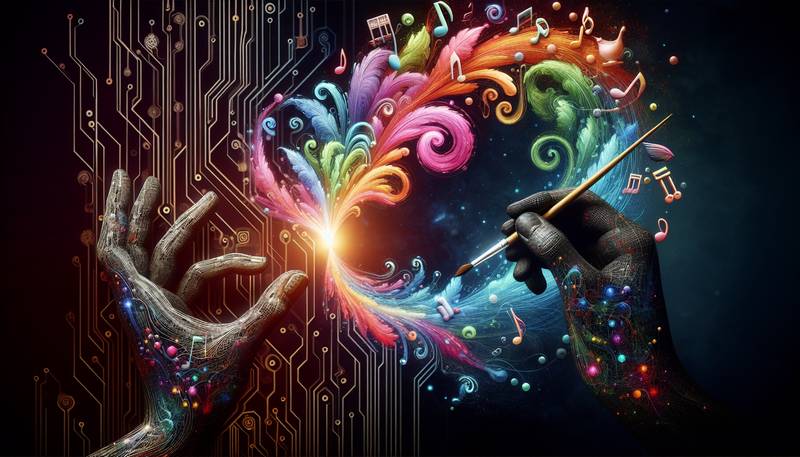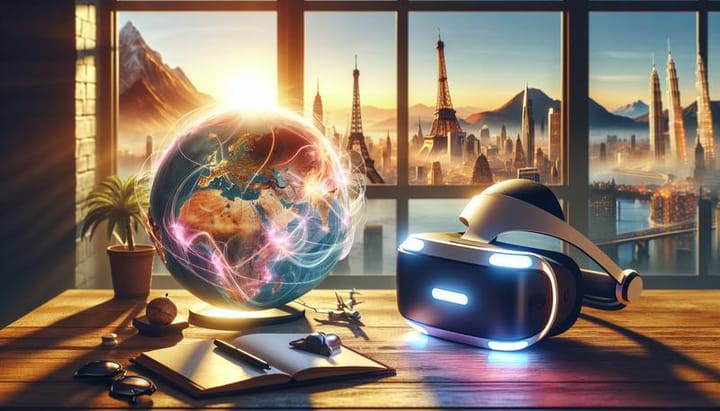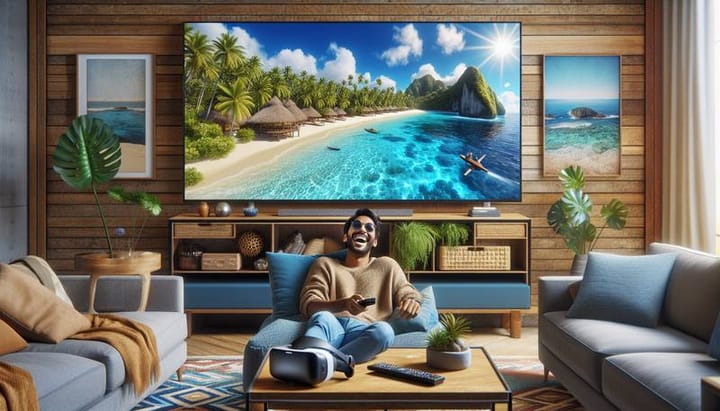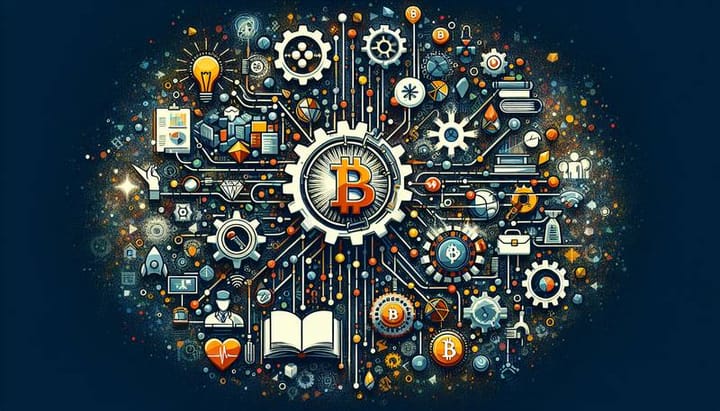The Digital Art Revolution: How Technology is Redefining Creativity

The world of art has always been an ever-evolving landscape, with new techniques and styles introduced by creative minds pushing the boundaries of what is possible. However, the rise of digital technology in recent years has led to a revolution in the art world, completely redefining what it means to be creative. The digital art revolution has not only opened up new opportunities for artists, but it has also changed the way art is consumed, appreciated, and even created.
The Rise of Digital Art
Digital art has been around since the 1960s when artists started experimenting with computers and technology. However, it wasn't until the advent of the internet and the widespread availability of personal computers in the 1990s that digital art really took off. The early digital artists were pioneers, using technology to create art in ways that were never before possible. They used computers to manipulate images, create 3D models, and even generate art using algorithms.
Today, digital art is an established and respected form of creative expression. With the rise of social media and online platforms, digital artists can share their work with a global audience, and they are no longer limited by the traditional gatekeepers of the art world. Digital art has become an integral part of the contemporary art scene, with digital artists exhibiting their work in galleries and museums all over the world.
The Tools of the Trade
The tools and software available to digital artists today are more advanced than ever before. Digital artists can use programs like Adobe Photoshop and Illustrator to create stunning 2D images, while programs like Blender and Maya allow for the creation of 3D models and animations. These programs offer artists a level of control and precision that traditional mediums cannot match, allowing for endless possibilities in terms of creativity.
One of the biggest advancements in digital art has been the introduction of digital drawing tablets. These devices allow artists to draw and paint directly onto a computer screen, mimicking the feeling of traditional drawing and painting. The result is a seamless blend of traditional and digital art, allowing artists to create artwork that is both familiar and innovative.
The Power of AI
One of the most exciting developments in digital art is the use of artificial intelligence (AI) to create art. AI algorithms can analyze thousands of images and learn to create images on their own, generating art that is entirely unique and often indistinguishable from art created by humans. This has led to some debate about the role of AI in art, with some arguing that AI-generated art lacks the human touch that makes art so special. However, others believe that AI is just another tool in an artist's arsenal, and that it can be used to create art that is both beautiful and thought-provoking.
The Future of Digital Art
The digital art revolution shows no signs of slowing down, and the future looks bright for digital artists. With the continued advancement of technology, artists will have access to even more powerful tools and software, allowing them to push the boundaries of creativity even further. Virtual reality and augmented reality are also set to play a significant role in the future of digital art, with artists able to create immersive experiences that transport viewers to entirely new worlds.
In addition to the technological advancements, the way art is consumed is also changing. With the rise of NFTs (non-fungible tokens), digital art is now being bought and sold in ways that were never before possible. NFTs provide a way for digital artists to monetize their work and for collectors to own a piece of digital art that is truly unique and cannot be replicated.
Conclusion
The digital art revolution has changed the art world in ways that were once unimaginable. With new tools and technology at their disposal, digital artists are redefining what it means to be creative and pushing the boundaries of what is possible. As technology continues to advance, the possibilities for digital art are endless, and the future looks bright for this exciting and innovative art form.


